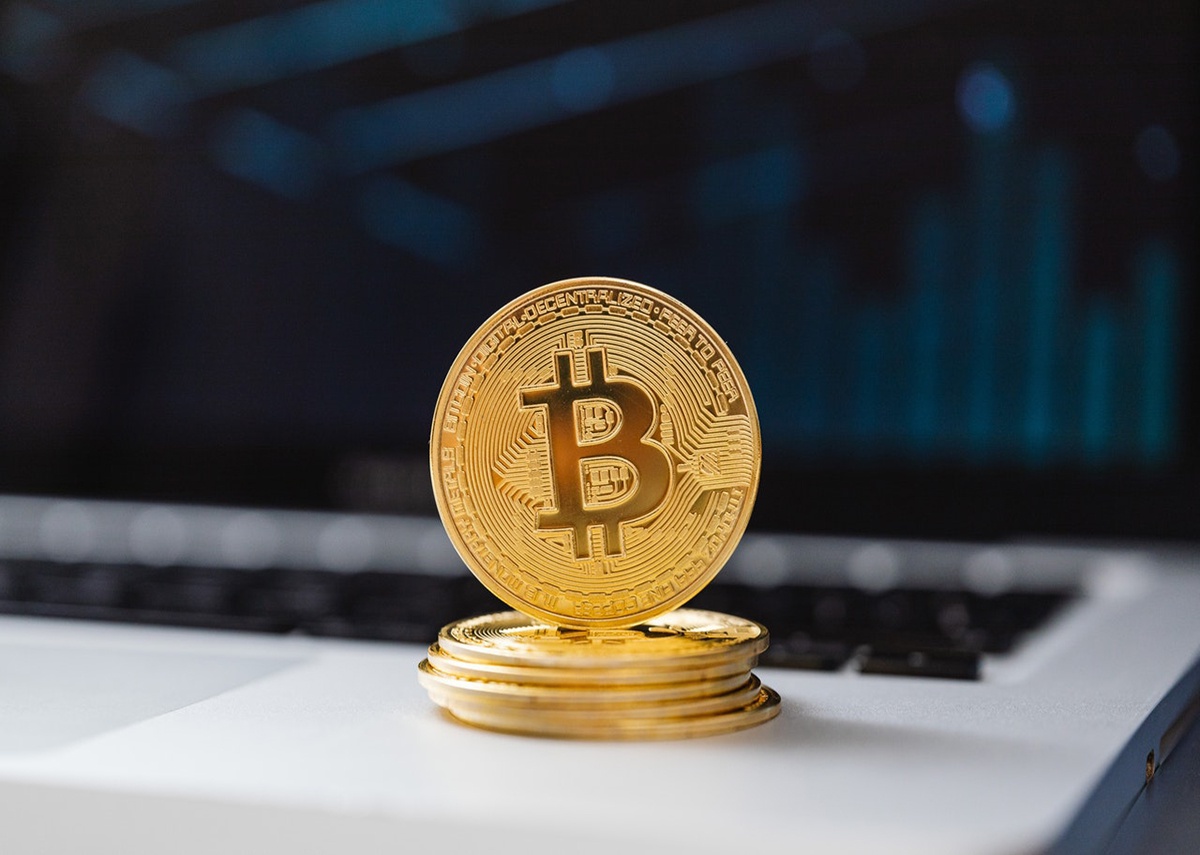In the ever-evolving landscape of blockchain technology, cross-chain token development has emerged as a crucial advancement, allowing tokens to be transferred between different blockchain networks seamlessly. This innovation has opened up new possibilities for decentralized finance (DeFi), gaming, and other blockchain-based applications. However, to understand the full scope of cross-chain token development, it is essential to delve into the economic models that underpin this technology.
What is Cross-Chain Token Development?
Before delving into the economic models, it's important to grasp the concept of cross-chain token development. In essence, cross-chain token development refers to the process of creating tokens that can be used across multiple blockchain networks. This enables these tokens to be easily transferred and used in various decentralized applications (dApps) and ecosystems, regardless of the underlying blockchain.
Economic Models for Cross-Chain Token Development
-
Token Bridge Model: The token bridge model is one of the most common economic models for cross-chain token development. In this model, a bridge is established between two or more blockchain networks, allowing tokens to be transferred between them. Users can lock their tokens on one blockchain, and an equivalent amount of tokens is minted on the other blockchain. This model typically involves fees for token transfers, which are used to maintain the bridge and incentivize validators.
-
Wrapped Token Model: The wrapped token model involves creating a token on one blockchain that represents an equivalent value of another token on a different blockchain. For example, a user can wrap their Ethereum (ETH) tokens to create wrapped Ethereum (WETH) tokens, which can then be used on the Binance Smart Chain (BSC). This model is often used to enable cross-chain compatibility between tokens and can involve fees for wrapping and unwrapping tokens.
-
Atomic Swap Model: The atomic swap model allows for the direct exchange of tokens between different blockchain networks without the need for a centralized exchange or intermediary. This model relies on smart contracts to ensure that the swap is completed securely and without the risk of one party defaulting. Atomic swaps typically involve a small fee to cover the cost of executing the smart contract.
-
Interoperability Protocol Model: The interoperability protocol model involves using a specialized protocol or network to facilitate the transfer of tokens between different blockchain networks. Examples of interoperability protocols include Polkadot, Cosmos, and Aion. These protocols typically involve staking or governance mechanisms to incentivize validators and ensure the security of token transfers.
Benefits of Cross-Chain Token Development
- Interoperability: Cross-chain token development enhances interoperability between different blockchain networks, enabling tokens to be used across multiple ecosystems.
- Scalability: By enabling tokens to be transferred between different blockchains, cross-chain token development can help alleviate scalability issues on individual blockchain networks.
- Market Access: Cross-chain token development provides users with access to a wider range of decentralized applications and ecosystems, increasing market liquidity and efficiency.
- Risk Mitigation: By spreading tokens across multiple blockchain networks, cross-chain token development can help mitigate the risk of a single point of failure or attack.
Conclusion
In conclusion, the economic models for cross-chain token development play a crucial role in enabling the seamless transfer of tokens between different blockchain networks. These models not only enhance interoperability and scalability but also provide users with greater market access and risk mitigation. As blockchain technology continues to evolve, cross-chain token development is poised to play an increasingly important role in the decentralized economy.


No comments yet